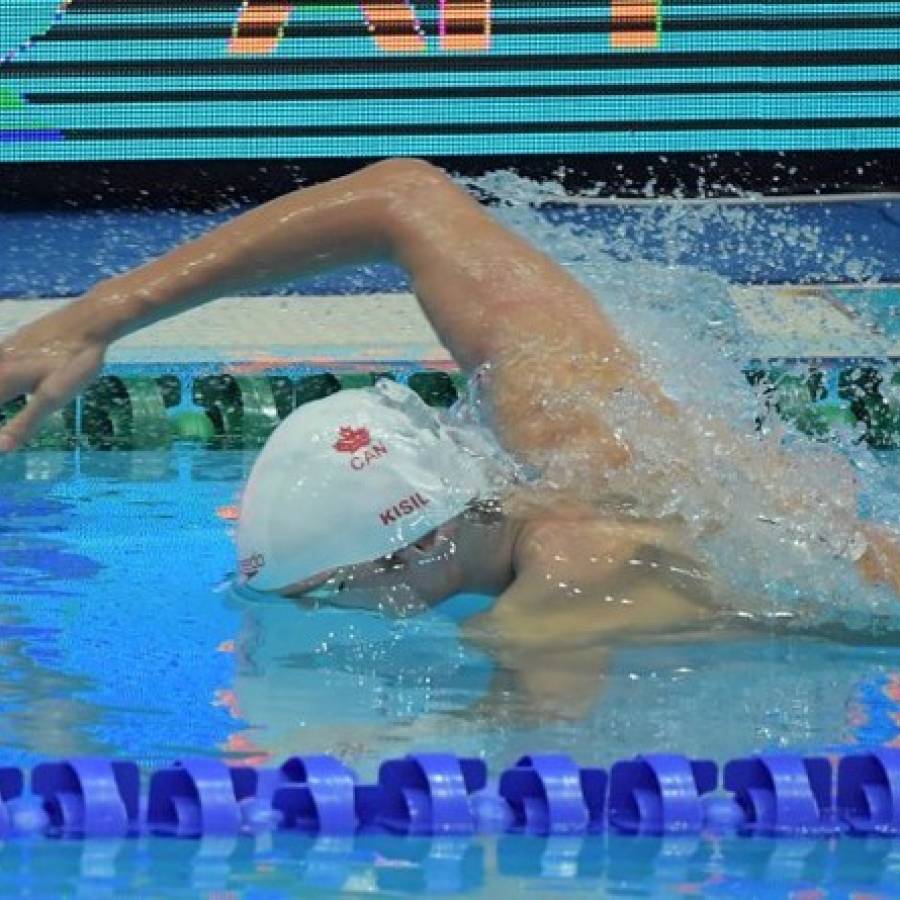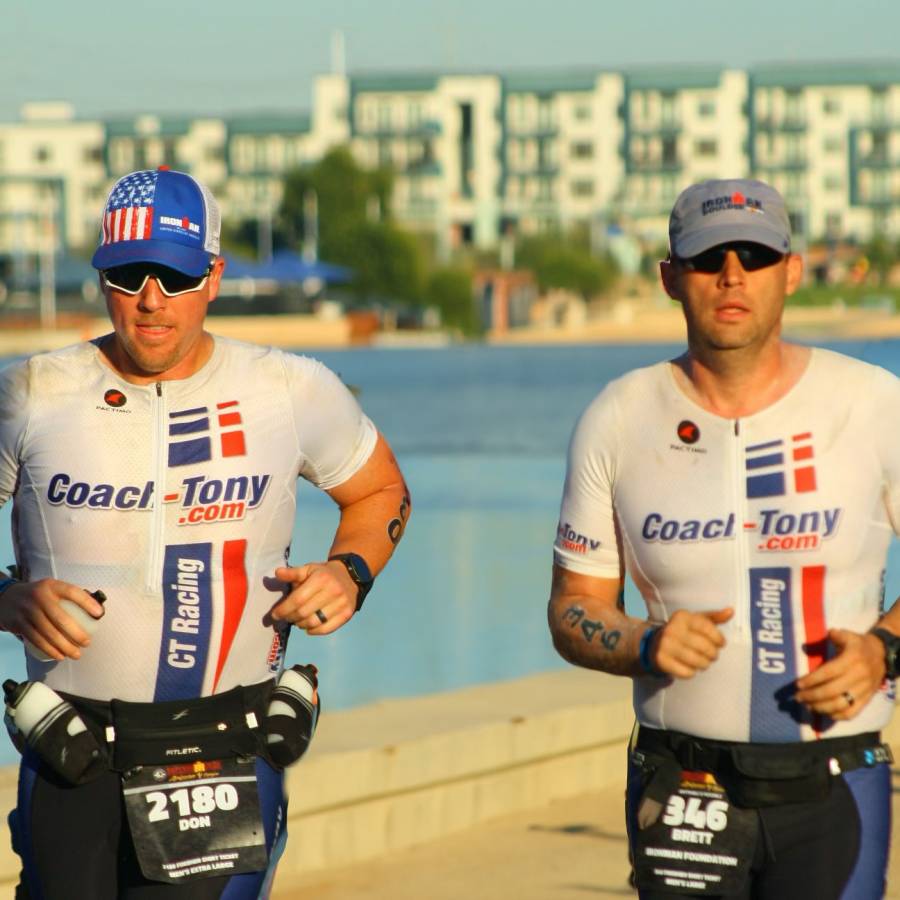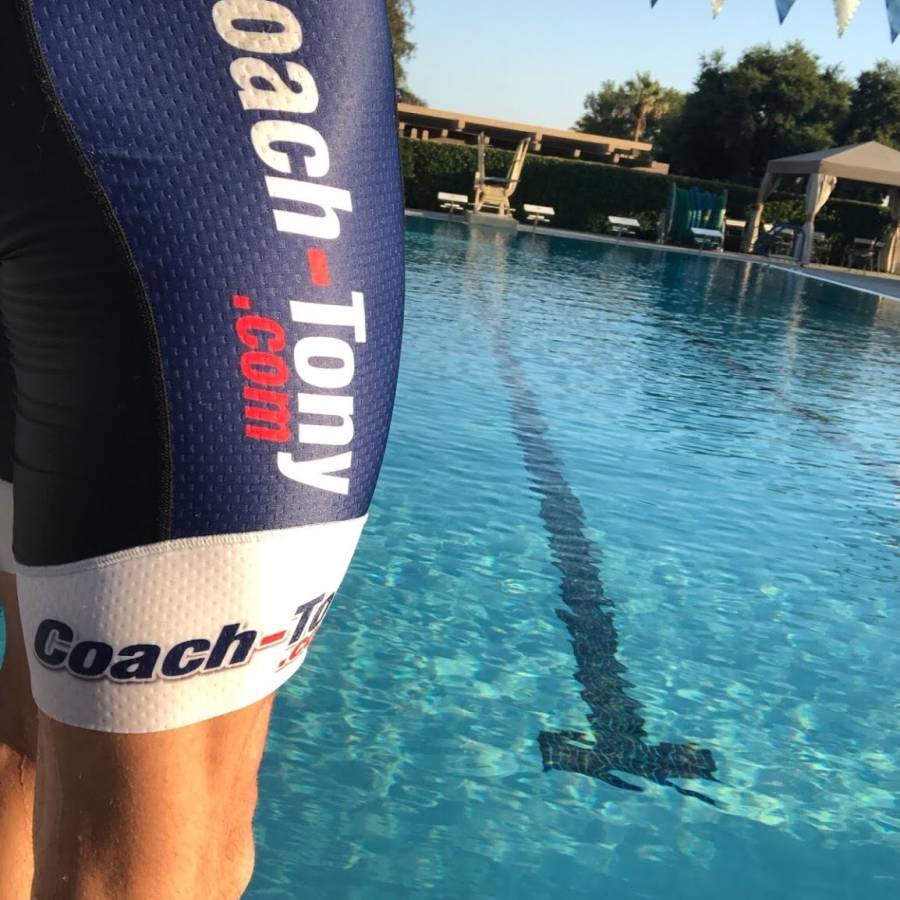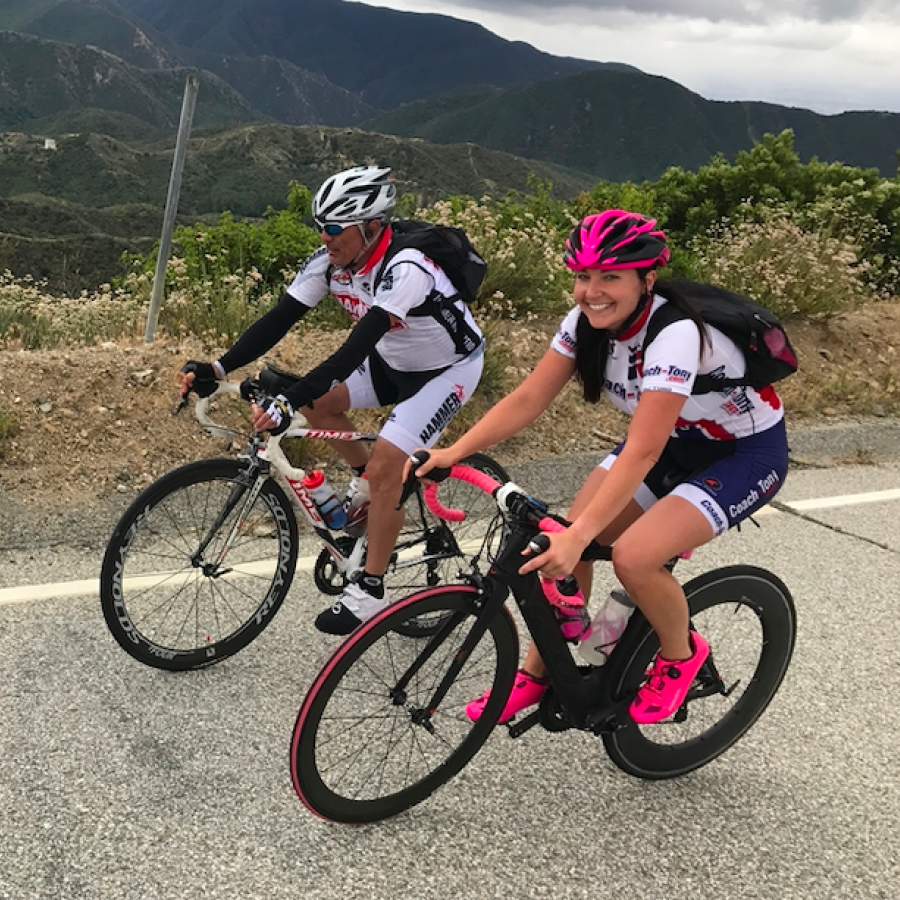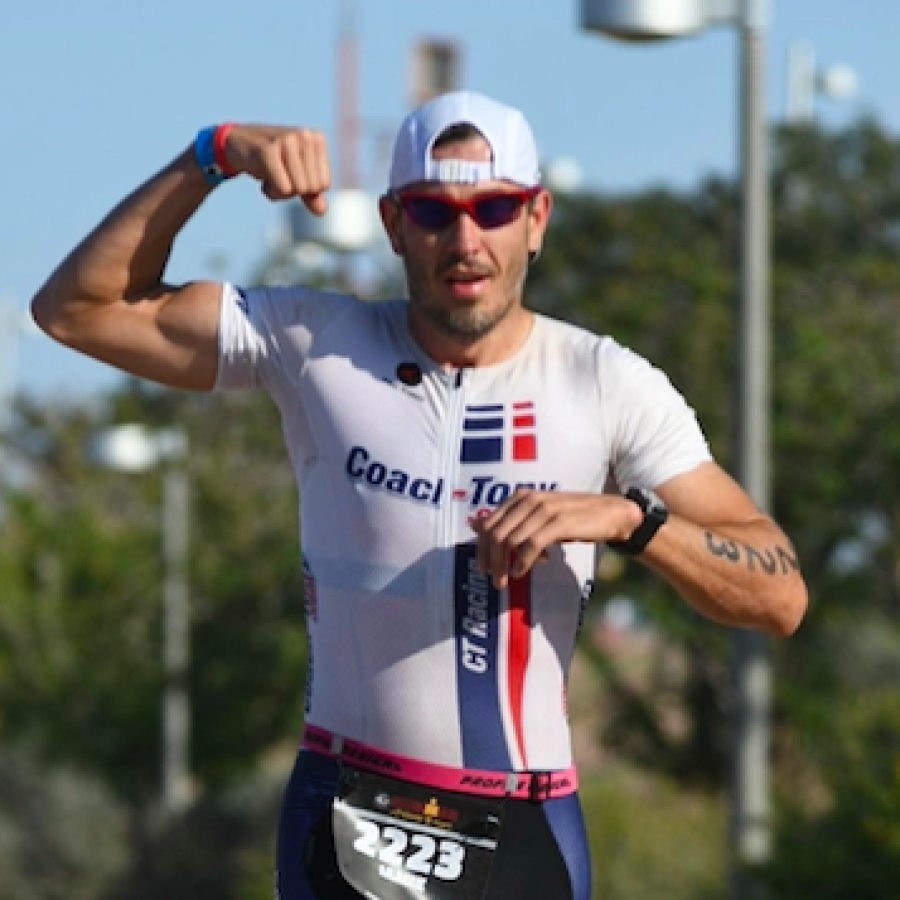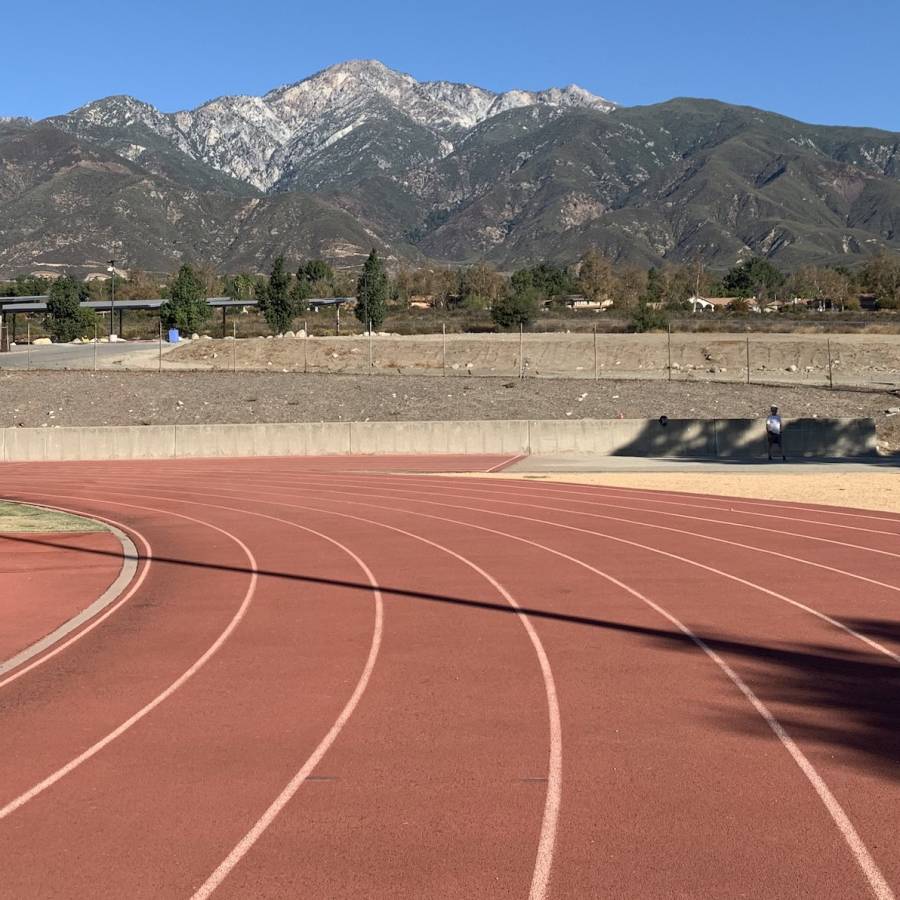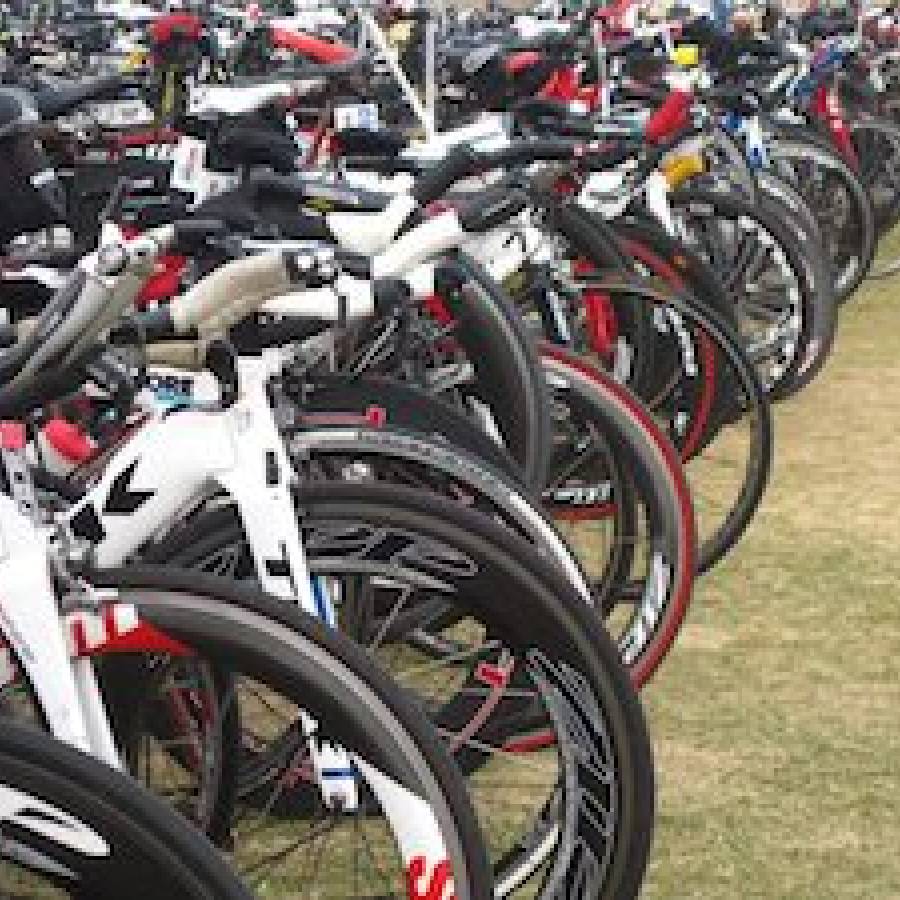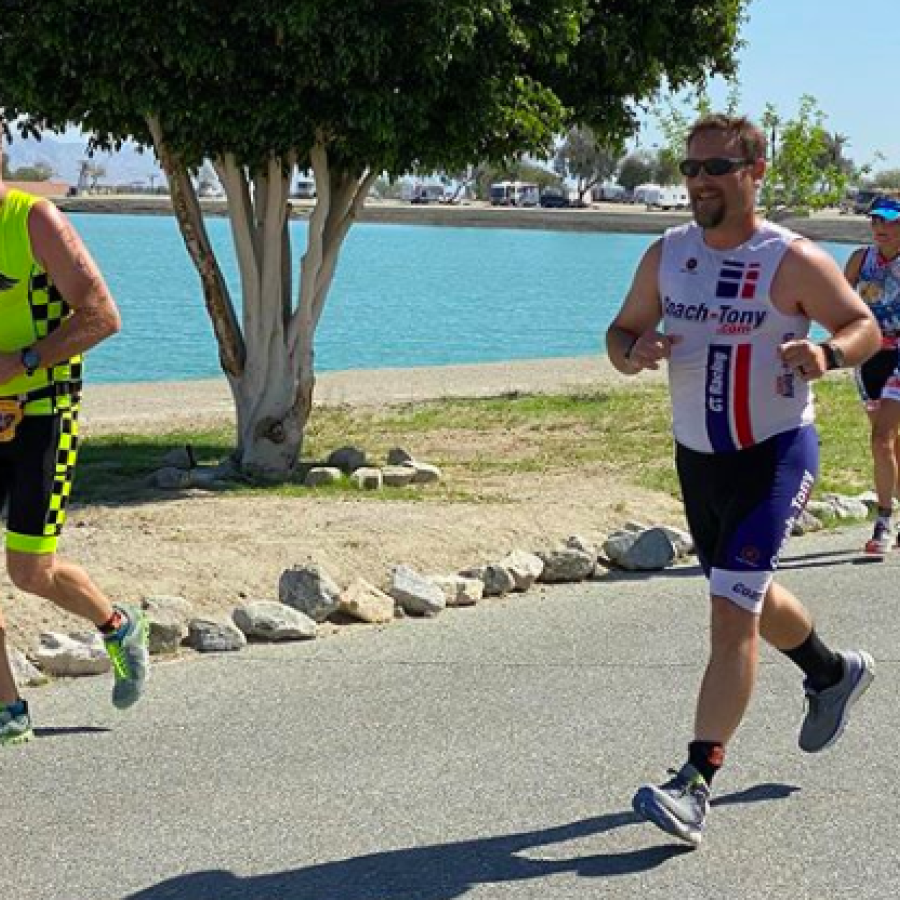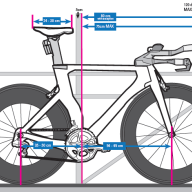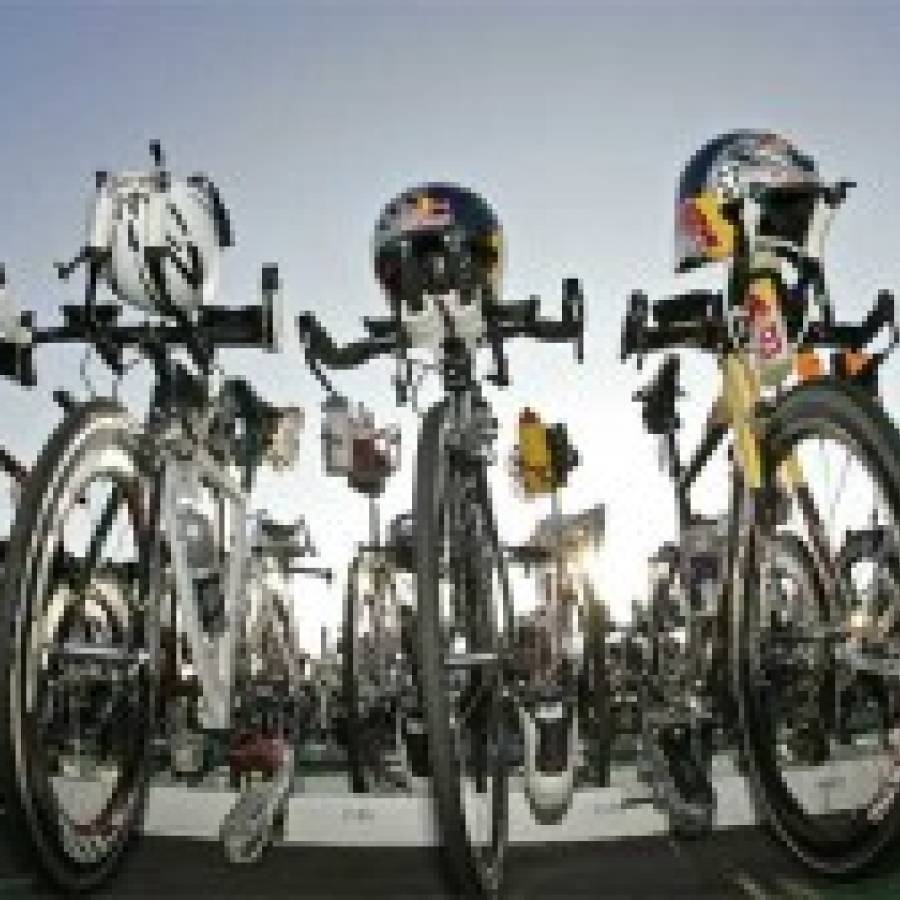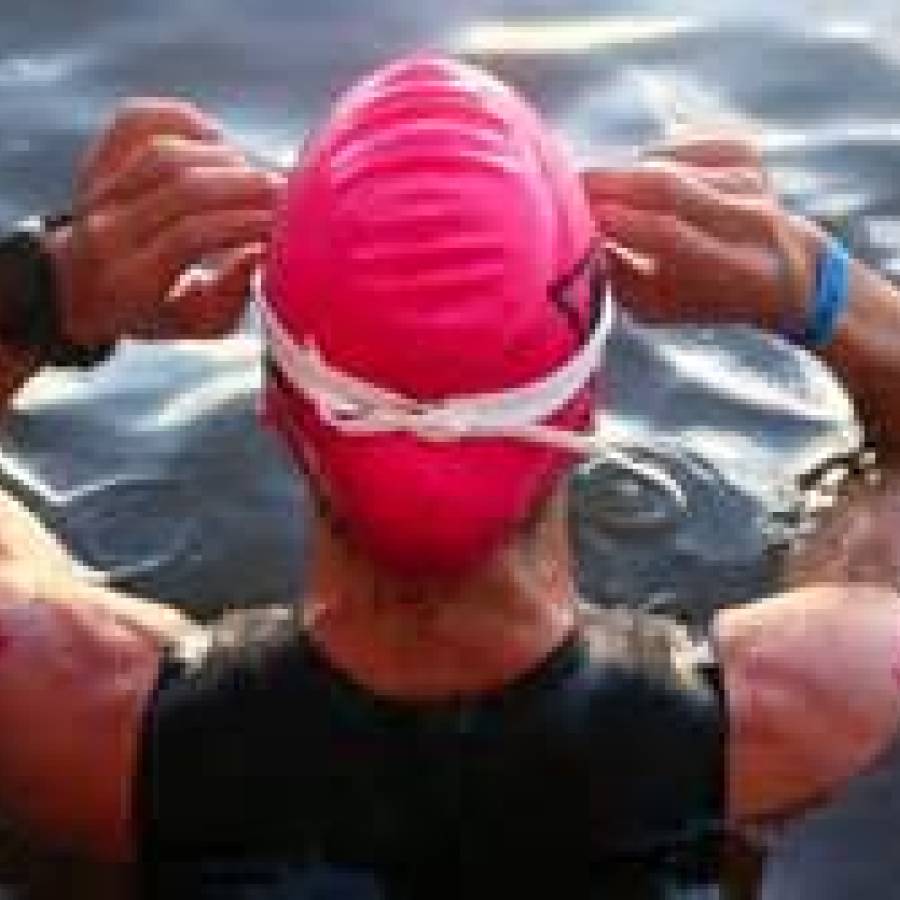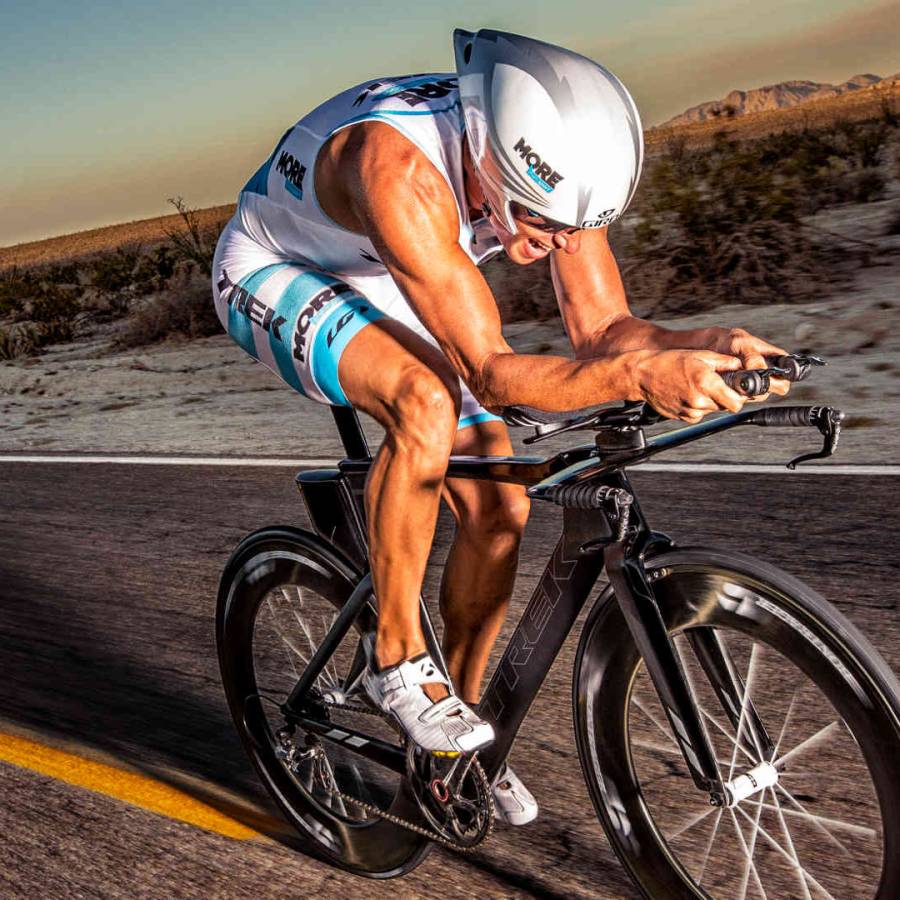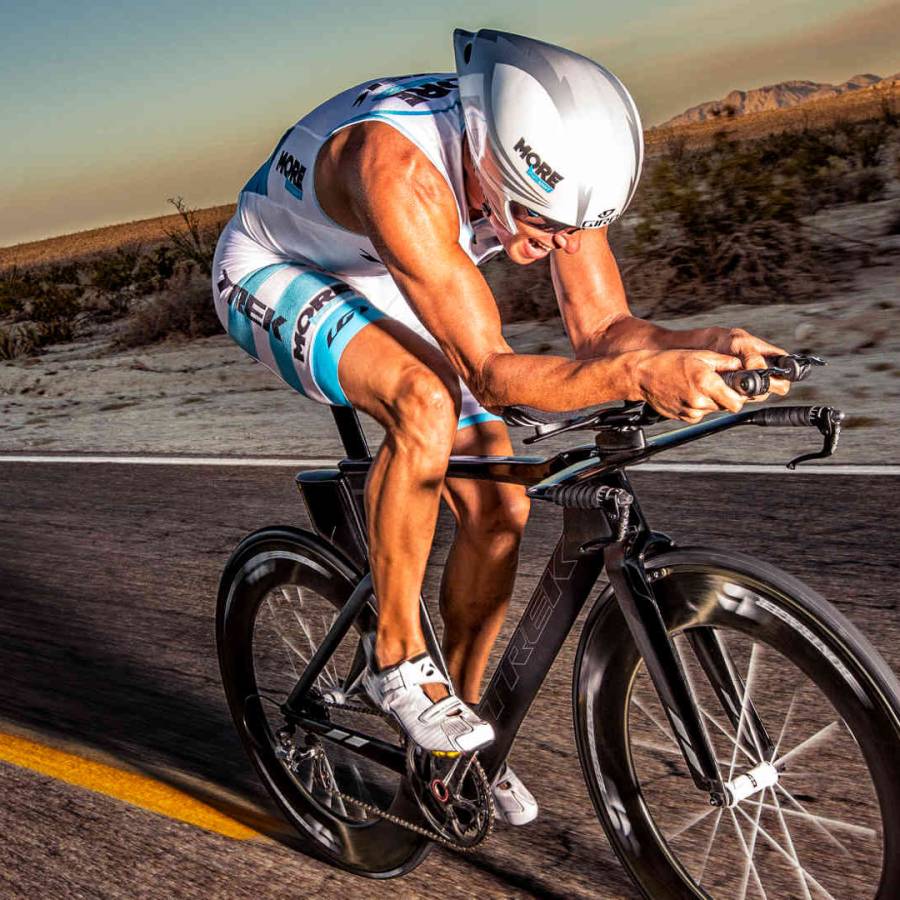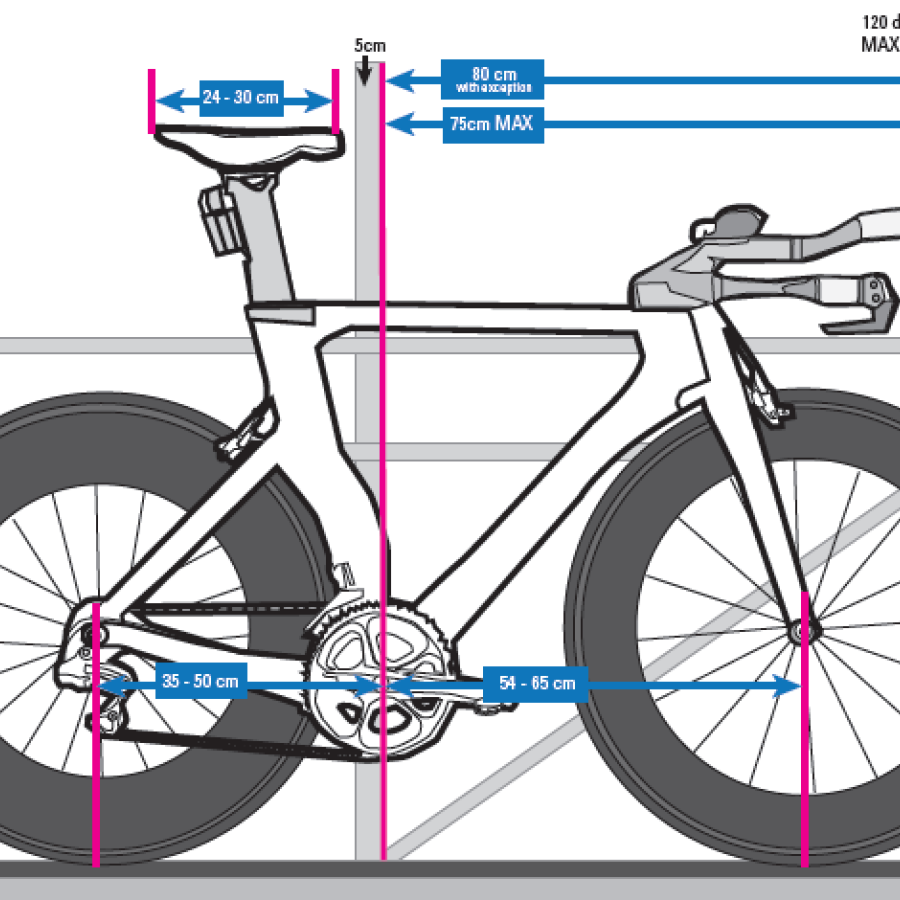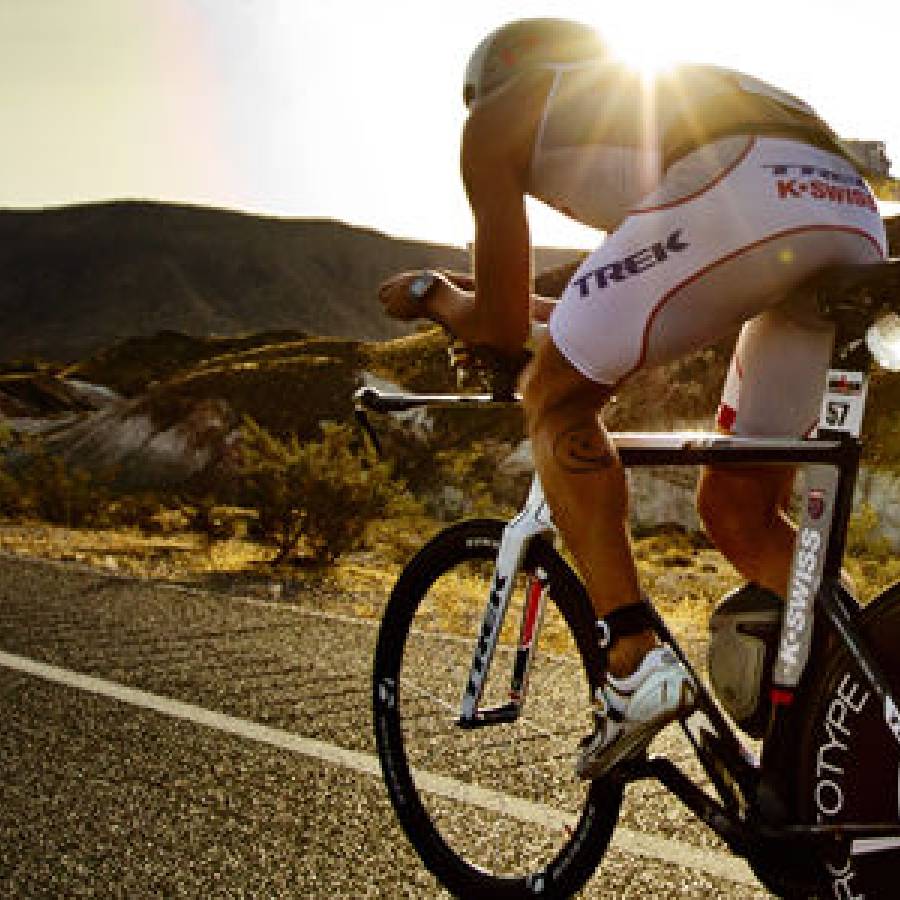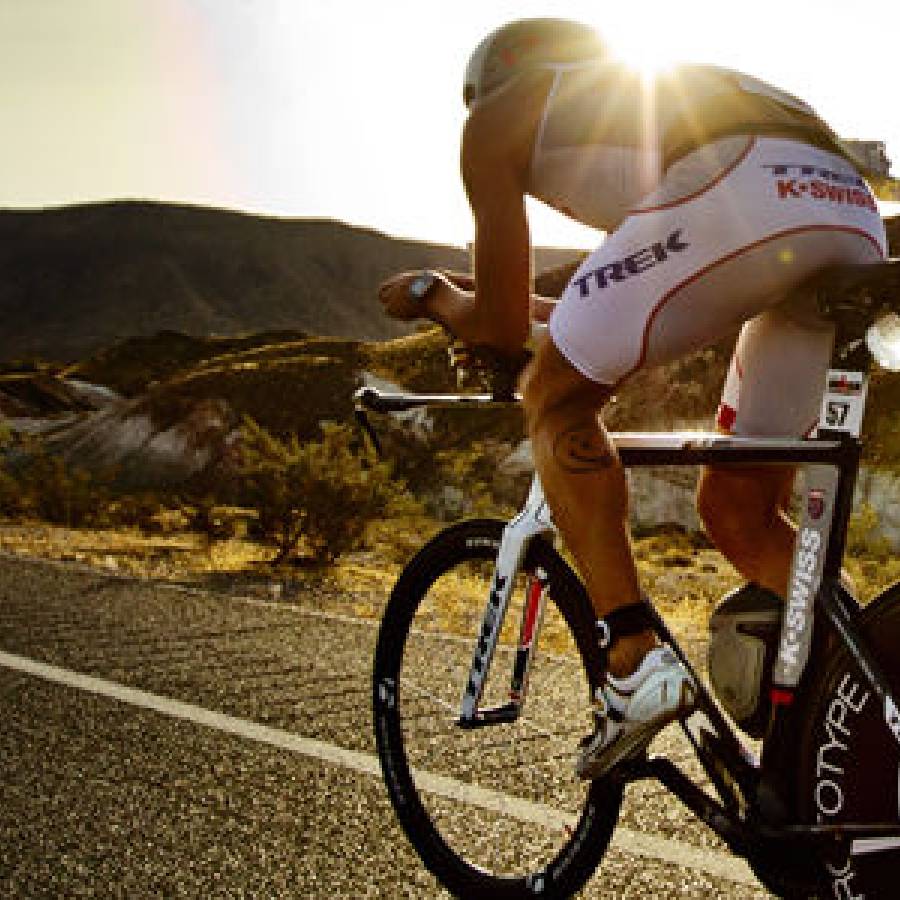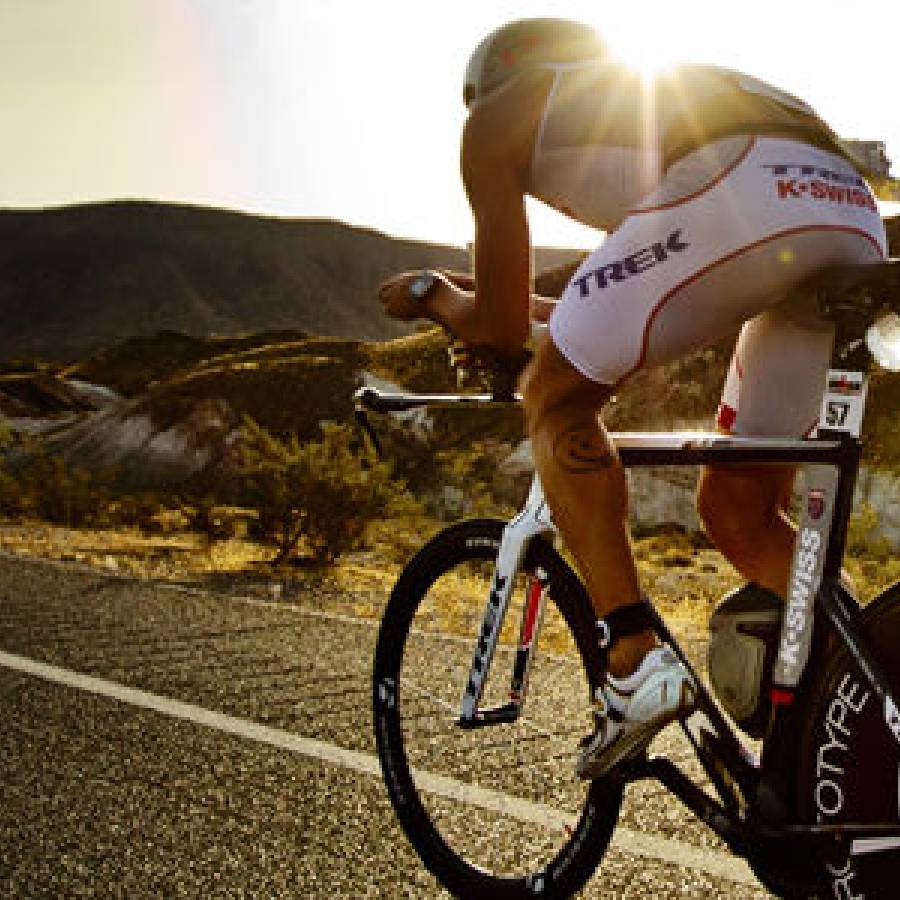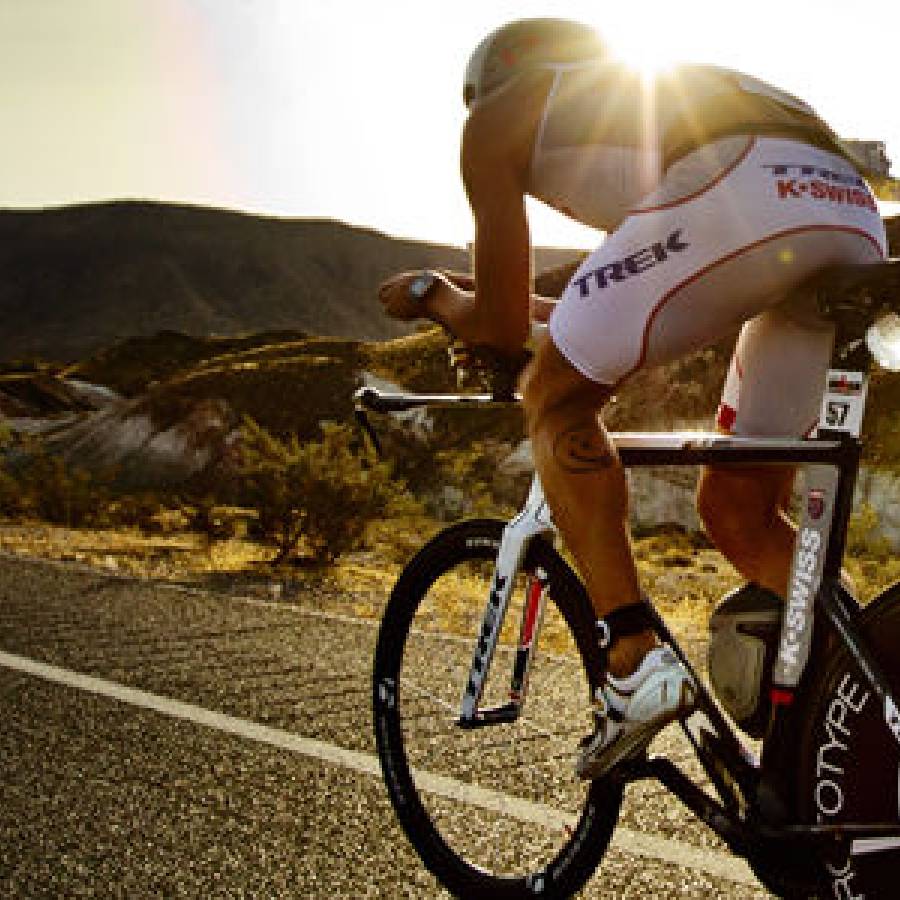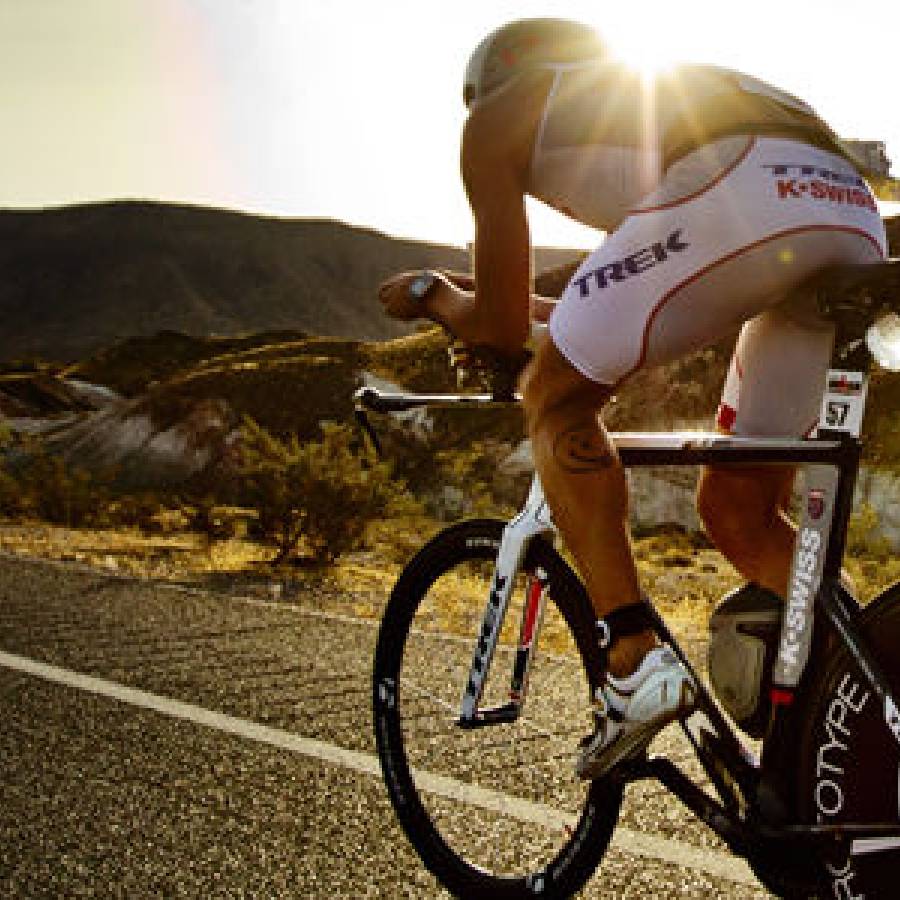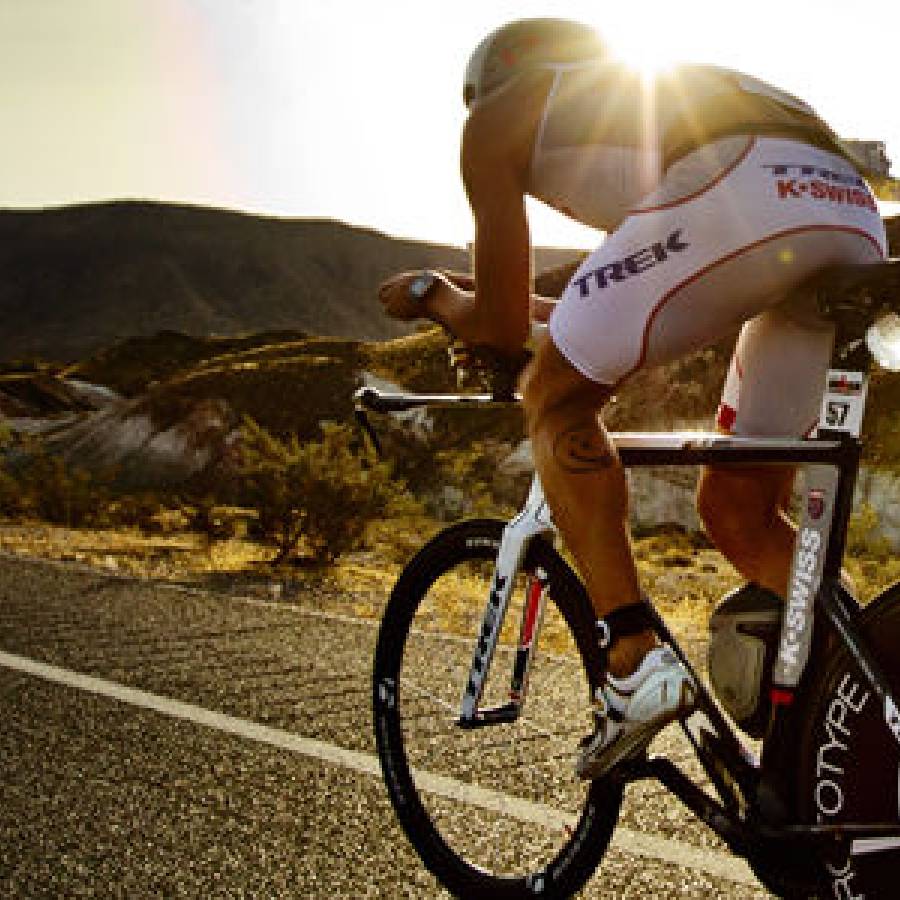Signing up for an Ironman takes courage. Congratulations to those of you training for this journey. The growth of Ironman distance races requires us to sign up a year in advance for the more popular races. Registering is exciting and the time available to train seems ample. As race date grows near, nerves begin to form and thoughts of doubt may arise. These are normal feelings that can be dealt with very easily. Failing to prepare is preparing to fail. Here are a few tips to help.
Train Consistently
Long mileage workouts are important and key to developing endurance. However, life (responsibilities, family, work, etc…) may hinder your ability to put in the long days. No problem. Consistency in training is more important than quantity. Try to consistently workout throughout the week. Grouping all your workout mileage on the weekend may introduce injury. If you’re a weekend warrior and miss a weekend, you’re now 14 days behind. You may have lost up to 15% of your potential. Many small workouts are better than one big workout.
Focus on your game
Are you training yourself or are you training someone else? During the race, you may get passed. Let it go. You didn’t spend 6-9 months training that person. Focus on your game, your pace, your day, your body, your breathing, your nutrition, and your attitude. The race starts at mile 20 on the run. Everything up to that point is a warm up. If you go too hard prior to this point, you will run out of energy. Reach mile 20 at a pace that you can sustain or increase through the end (easier said than done). Otherwise, prepare yourself for a death march. The second you take your focus off of you and place it on someone else, your game is over; it’s a matter of time before your gasket blows. Don’t train to go fast. Train not to slow down.
Be careful about setting time goals.
It’s good to have goals. By all means set time goals but be realistic and prepared to be disappointed. I’m not trying to discourage you. During the course of your Ironman, you will need to make 1000 decisions. “Am I going to fast? Am I going to slow? How do I feel? What do I take? When? Am I drinking enough? Am I drinking too much? As a general rule, doubling your average half Ironman time and adding an hour for fatigue can calculate your Ironman time. I hope you all meet your time goals. Please be realistic and set time goals as a third priority over 1-Finishing and 2-Having Fun.
Embrace your Anxiety
If you’re not at least a little nervous on race day, you’re overconfident and ill prepared. Being nervous is normal, healthy, and should be a welcome feeling. Nerves are a sign of anticipation. Why are you nervous? Because you are in a position to fail. Putting yourself there took courage. Trust your training! --- Only those who dare to fail miserably can achieve greatly." Robert F. Kennedy
Train Your Nutrition
Calories are like money. If you have none, you can’t go shopping. While competing at Ironman CDA, I remember looking at my watch on the run at mile 13 to see my calories burned to that point; 8900 calories. I could not eat enough calories to keep up with the burn rate. So where did the calories come from? On race day, you will rely on calories as you do everyday with one huge exception; calorie source. You won’t carry a salad, steak, and potatoes with you nor will you be able to stop for a burger. Practice your fuel consumption, fat burning (major source of fuel) and understand you will survive on a combination of three calorie sources:
- What you ate up to race start (primarily the past 18 hours )
- Your calorie consumption throughout the day (bars, gels, liquids, PJs, etc…)
- Your own body fat stores
One last thought on calories. Remember you can burn upwards of 700 or more calories per hour but your digestive system can digest only up to 250 per hour. Don’t try to replenish ever calorie burned. Make sure you have enough calories to go shopping but understand how much you can deposit.
Check you Equipment
Two-Four weeks before your race date, ensure your equipment is race ready.
- Bike is tuned
- Fresh Tires/Tubes
- Have spares and tools ready
- Cleats screws are OK
- Bike Computer/Heart Rate Monitor working
- Aero Drink System
Reward Yourself
You have two transition bags (Swim-to-Bike and Bike-to-Run) and two Special Needs Bags (Bike and Run) that hold your gear. These are 4 opportunities to reward yourself for making it to each of these points in the race. Use these opportunities wisely by placing something to look forward to throughout the day. Here are something’s I’ve heard athletes put in their bags as reward:
- Burrito
- Chocolate
- Snickers / Milky Way
- M&Ms
- Jelly Beans
- Oreos
- French Fries
- Pizza
- Candy
Chip Away at the Stone
Don’t attack the entire race at once. Break down the swim to one buoy at a time. Enjoy the swim and avoid racing altogether. Don’t think about the rest of the race. Find someone you can draft behind and stay there. Let them pull you around the course. Find your groove and go to sleep. Don’t go to sleep literally. Go to sleep means you are in a comfortable rhythm that can be sustained for the duration of the swim. The bike typically has an aid station every 15-20 miles. Worry only about getting to the next aid station. Eat, drink, and repeat. If you stop, don't stay long. Get what you need and go; the clock doesn;t stop. Stay comfortable. Enjoy the ride. The run is sometimes a looped course. One mile at a time. Consider walking the aid stations. Save your legs for the race that starts at mile 20.
Let the race come to you.
Your training, taper, rest, nutrition, and flexibility combined with a little bit of luck will dictate your ability to be aggressive. Keep that aggressiveness in its holster and use it wisely. Let the day unfold and take advantage of opportunities that present themselves. Don’t make opportunities, they will cost you. This is an endurance event, not a sprint.
USA Triathlon and Cycling certified coach Tony Troccoli is founder and owner of Coach-Tony.com Training Plans and Bike Fitting. www.coach-tony.com




